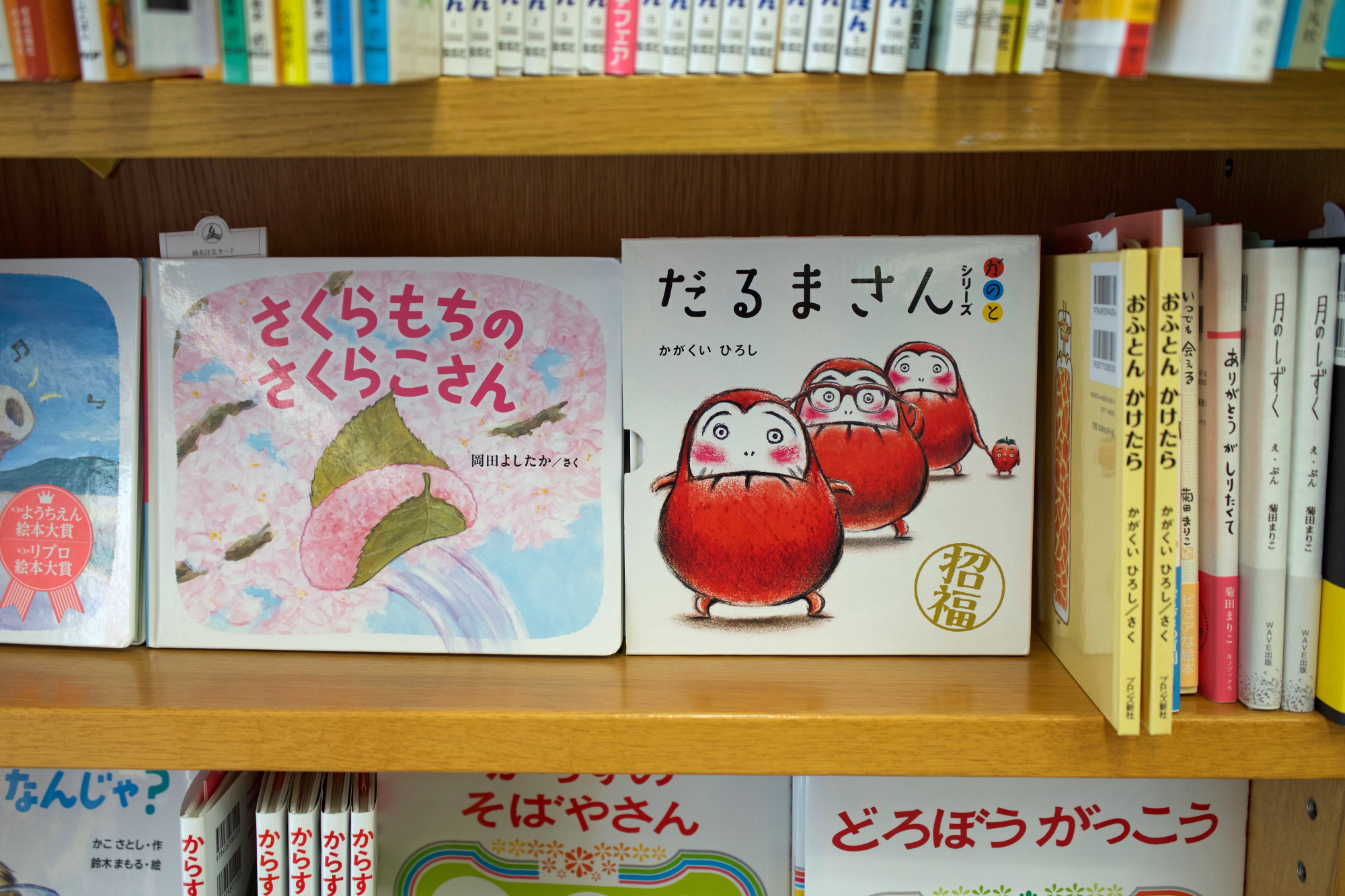Although lacking a single literary icon like some countries — the U.K. has Harry Potter; the U.S., Katniss Everdeen; Sweden, Pippi Longstocking; and Finland, Moomins — the breadth and depth of Japanese children's literature astounds.
The range of work on offer to this impressionable age group — from picture books and manga to novels and short stories, covers a whole host of topics and themes. Search the shelves of any book store and you'll find everything from haunting depictions of despair and destruction to books about poop and entire series devoted to popular sports.
Specific works for children emerged in Japan in the mid Edo Period (1603-1868) with the publication of woodblock-printed books of children's stories called akahon (red-covered books). With the opening up of the country during the Meiji Era (1868-1912), the first children's stories — including that of one of Japan's most famous literary figures, Momotaro — were published overseas as chirimen-bon (crepe-paper books), often with translations made by visiting dignitaries to Japan, or by Japanese diplomats posted abroad.

















With your current subscription plan you can comment on stories. However, before writing your first comment, please create a display name in the Profile section of your subscriber account page.